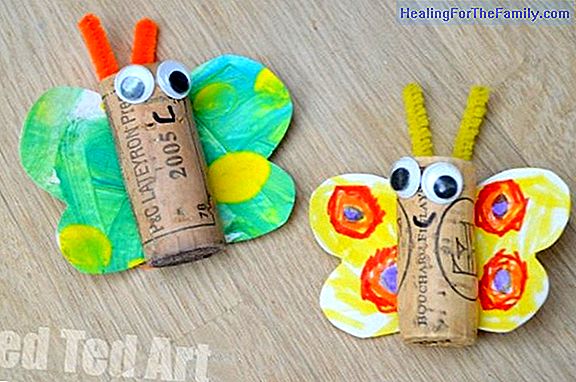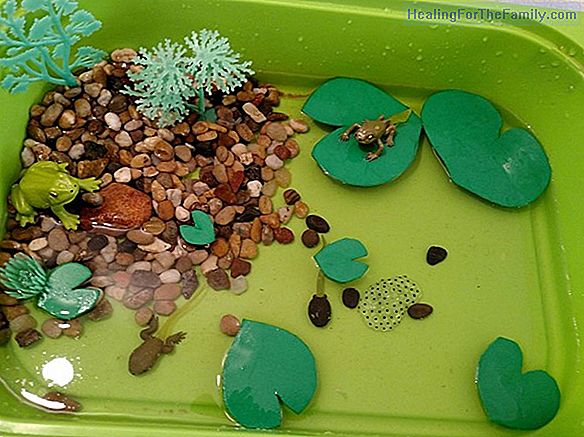Fruit with skin for children: yes or no
Although children do not usually like the skin of fruits and vegetables, sometimes it can be more beneficial to consume them with their own skin. In some cases, such as banana or pineapple, it is clear that the skin must be removed, but in other cases it is not so clear whether its consumption can p
Although children do not usually like the skin of fruits and vegetables, sometimes it can be more beneficial to consume them with their own skin. In some cases, such as banana or pineapple, it is clear that the skin must be removed, but in other cases it is not so clear whether its consumption can provide benefits or not.
When children should take fruit with skin

- Eating apples with their own skin provides roughly twice as much fiber as if peeled. In addition, provides more vitamin A, potassium and does not vary the taste of the fruit.
- This is also the case of grapes and other berries, such as blueberries, blackberries, strawberries or raspberries, whose skin, apart from being difficult to remove, does not add flavor but vitamins and other micronutrients. In particular, both grapes and berries are an important source of phytonutrients, specifically polyphenols, both flavonoids and non-flavonoids, which have antioxidant functions protecting against cellular aging. More specifically, they are an important source of anthocyanins, which have protective functions in the brain and cardiovascular system, and anthocyanidins, related to an increase in verbal dexterity, short-term memory and visual acuity, all of great interest in the childhood.
- In the case of citrus fruits, the skin, although it can be bitter and / or unpleasant to eat, has a high content of vitamin C and A, vitamins of group B, minerals such as calcium and potassium, and fiber. Its use is usually limited to confectionery, but it can also be used to flavor oil or sugar, or even drinking water. Also, like grapes, it contains phytonutrients, flavonoids such as hesperidin, related to the proper functioning of the circulatory system and the heart.
When the children should not take the fruit with skin
- The skin of fruits and vegetables can nevertheless have, remains of chemical products that have been used, fertilizers, fungicides or pesticides, besides eggs and other remains that insects can have deposited. In addition, the texture of the skin of some fruits can be thicker and more unpleasant when chewed, and that can make it less attractive. This is the case of the carrot, which has an unpleasant texture and in this case, peeling it does not lose significant amounts of fiber or vitamins. The cucumber, whose skin can also be rough, can be eaten with or without skin, although the skin does not have much benefit, since the fiber is found mostly in the seeds that the cucumber contains inside. También - Also, the skin of some fruits
can, in very specific cases, produce allergies, as in the case of the peach and other fruits whose skin seems to have hair . In the particular case of peach, the skin contains many water-soluble vitamins, as well as potassium and fiber, so if the skin produces allergies or is unpleasant, another similar fruit can be chosen, such as nectarine, whose skin has no hair, is thinner, and thus avoid the loss of micronutrients. False 0 false 21 18 pt 18 pt 0 0 false false falseIn general, if the fruit is going to be consumed with skin, it is preferable to make sure that it is free of impurities, germs and chemicals, washing it thoroughly and exfoliating it if necessary.












